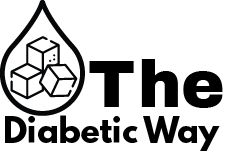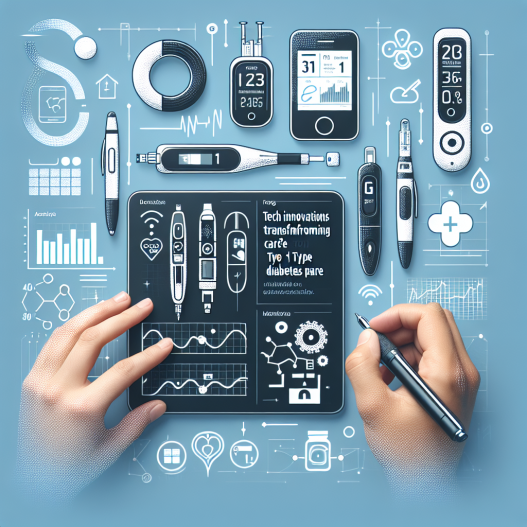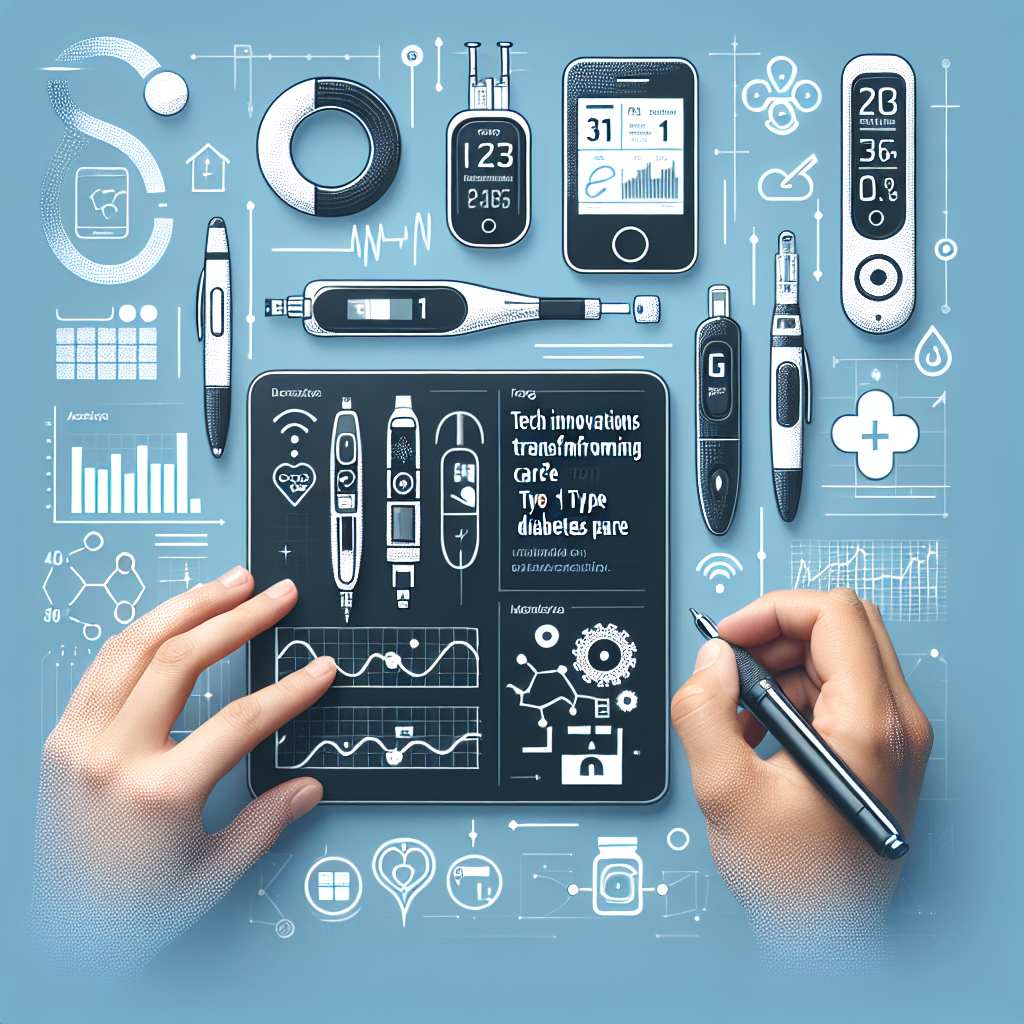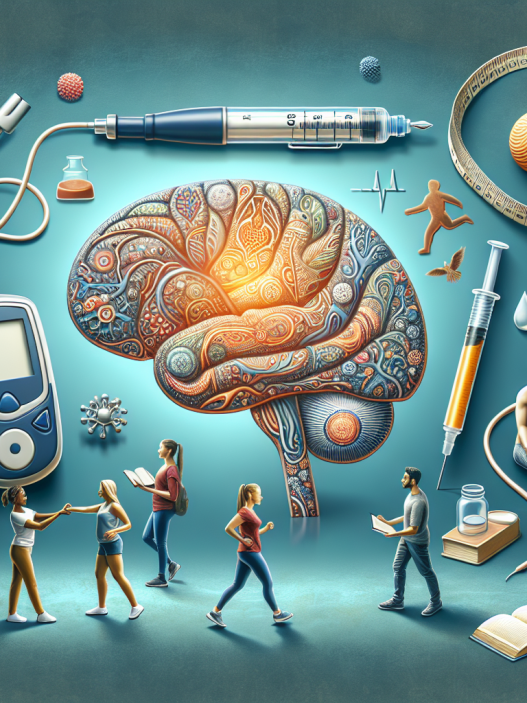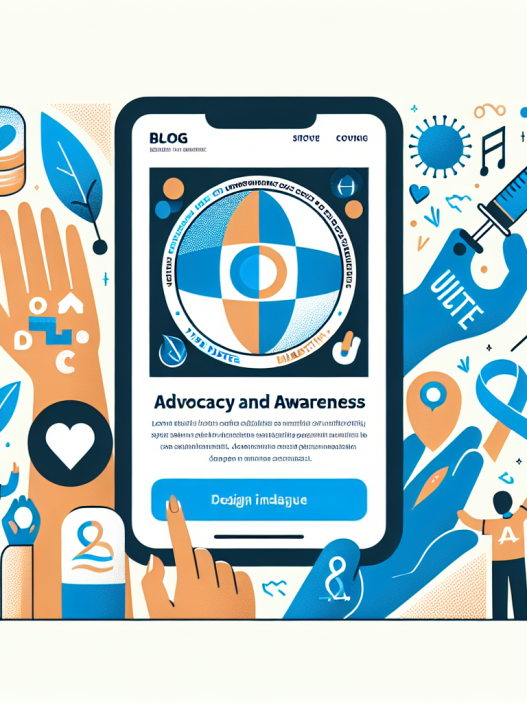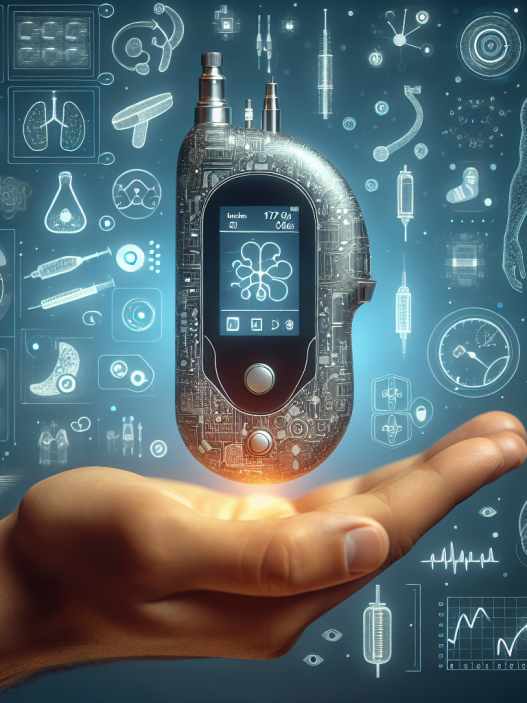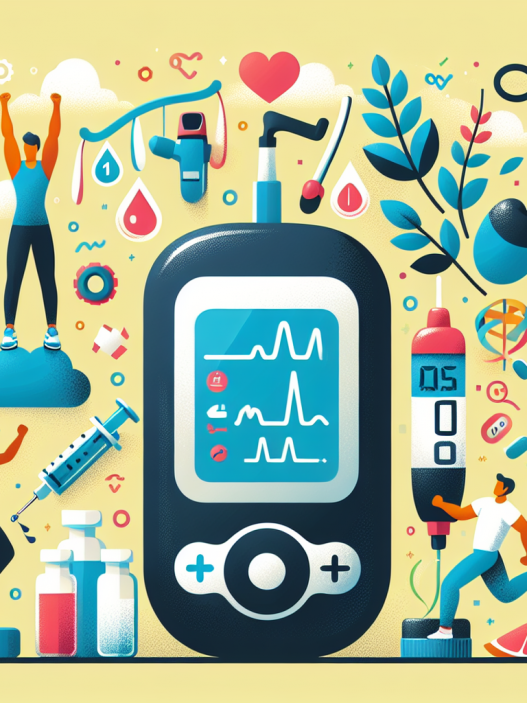[ad_1]
Managing Type 1 diabetes (T1D) has always been a complex and ongoing challenge. Fortunately, recent advancements in technology play a pivotal role in transforming diabetes care, making it more manageable and effective for millions worldwide. From continuous glucose monitors (CGMs) that offer real-time glucose data to smart insulin pens that deliver precise dosages, these innovations not only enhance the quality of life but also empower patients in their journey toward better health. In this blog, we’ll explore the most impactful technological innovations in Type 1 diabetes care and how they revolutionize blood sugar management.
The Role of Continuous Glucose Monitors (CGMs) in Diabetes Management
Continuous Glucose Monitors (CGMs) have revolutionized the management of Type 1 diabetes by providing real-time glucose readings, enabling patients to have a more precise understanding of their blood sugar levels throughout the day. Unlike traditional finger-prick methods, which only provide snapshots of glucose levels, CGMs continuously track glucose fluctuations. This constant feedback allows users to make instant adjustments to their insulin doses, diet, and physical activity, leading to better overall glucose control and significantly reducing the risk of diabetes-related complications.
The technology behind CGMs has advanced significantly, utilizing tiny sensors placed just beneath the skin to measure glucose levels in the interstitial fluid, which surrounds the cells. These devices wirelessly transmit data to smartphones or handheld devices, providing seamless access to information, trends, and alerts. Patients are instantly notified of hypo- or hyperglycemic events, allowing them to address potential issues before they escalate into severe situations. This proactive approach to glucose management is particularly beneficial for young patients and caregivers, significantly easing their burden in the day-to-day management of diabetes.
Smart Insulin Pens: Precision Delivery for Better Control
Smart insulin pens are another groundbreaking innovation transforming how individuals manage Type 1 diabetes. Traditional insulin administration often involves manual calculations for dosages, but smart insulin pens take the guesswork out of the equation. Equipped with advanced technology, these devices can track insulin doses, timing, and even carbohydrates consumed, providing users with data-driven insights that lead to better glycemic outcomes. As a result, patients are less likely to underdose or overdose their insulin, which can lead to serious health problems over time.
Additionally, smart insulin pens come with features like Bluetooth connectivity, allowing for seamless integration with mobile applications. These apps can analyze patterns and trends, enabling users to adjust their insulin regimens based on previous results. Furthermore, smart insulins can remind users when it’s time to inject or alert them if they have missed a dose, adding an element of accountability that can be especially beneficial for those managing diabetes in a hectic lifestyle. These innovations help simplify management and cultivate a sense of empowerment among patients.
The Importance of Data Integration and Diabetes Management Apps
As we transition into a more digitally connected healthcare landscape, data integration becomes vital in improving diabetes management. Diabetes management apps are at the forefront of this integration, allowing users to compile their health information from various devices—including CGMs, smart insulin pens, and blood glucose meters—into a single, manageable platform. This centralized approach not only streamlines the information patients need but also enhances the ability of healthcare providers to track their patients’ progress over time.
Through these applications, patients can easily analyze their data and identify patterns that can inform their daily management strategies. Many of these apps come equipped with advanced algorithms that help predict blood sugar trends based on their historical data, food intake, and exercise habits. This predictive analytics capability allows users to make informed decisions about when to inject insulin, consume carbohydrates, or change their physical activities, significantly enhancing their overall disease management.
Moreover, the sharing capabilities of these apps facilitate more informed discussions during healthcare consultations. Patients can share their data with practitioners, allowing for a collaborative approach to adjusting treatment plans. This integration fosters a sense of partnership between patients and healthcare providers, creating a more comprehensive care model that can lead to better outcomes.
Artificial Intelligence and Machine Learning in Diabetes Care
The integration of artificial intelligence (AI) and machine learning in diabetes care represents a futuristic leap toward personalized medicine. By analyzing vast amounts of data collected from various sources, AI algorithms can identify trends, offer recommendations, and even predict future blood sugar levels with impressive accuracy. For individuals with Type 1 diabetes, this means not only gaining insights into their current health status but also having tools that guide long-term management strategies.
One particularly exciting application of AI in diabetes care is its use in developing automated insulin delivery systems, commonly referred to as "artificial pancreas" systems. These systems continuously monitor glucose levels through CGMs and automatically deliver insulin as needed based on sophisticated algorithms. By seamlessly adjusting insulin dosages throughout the day and night, these advanced systems can help individuals maintain tighter control of their blood sugar levels, reducing the risk of both hypoglycemia and hyperglycemia.
Additionally, machine learning algorithms constantly improve through patient feedback and new data input, allowing for increasingly precise recommendations. With ongoing advancements in AI technology, the future of diabetes management looks promising as these intelligent systems evolve to better meet individual needs.
Telemedicine: Bridging the Gap in Diabetes Care
Telemedicine has gained significant traction in recent years, offering patients with Type 1 diabetes a convenient and effective way to connect with healthcare professionals remotely. Traditionally, diabetes management has required regular visits to healthcare providers for check-ups, medication adjustments, and education. However, with the advent of telemedicine, patients can now receive personalized care and support from the comfort of their own homes.
Through telehealth platforms, patients can schedule virtual appointments with their doctors, endocrinologists, or diabetes educators, accessing expert advice without the need for travel. This is especially valuable for those living in remote areas who may struggle to find specialists locally. Telemedicine also offers the advantage of timely consultations, allowing for quicker adjustments to treatment plans based on real-time data collected from personal monitoring devices.
Moreover, telemedicine enhances education and support for patients, providing them with access to valuable resources. Online support groups, educational sessions, and workshops can be facilitated through telehealth channels, fostering a sense of community and reducing feelings of isolation often experienced by those living with chronic conditions. The ability to easily communicate with healthcare teams bolsters adherence to treatment plans and ensures that patients feel supported throughout their diabetes management journey.
The Future of Diabetes Care: Wearables and Smart Technology
Wearable technology is another game-changer in the field of diabetes management, presenting opportunities for continuous monitoring and real-time feedback. Devices like smartwatches and fitness trackers now come equipped with the capacity to monitor various health metrics, including heart rate and physical activity levels, alongside glucose levels through integration with CGMs. This added layer of monitoring helps patients develop a more comprehensive view of how different lifestyle choices impact their diabetes management.
Additionally, wearables equipped with advanced analytics can provide timely alerts regarding blood sugar changes, empowering users to take corrective action swiftly. This proactive approach not only enhances overall glycemic control but also fosters a culture of diabetes mindfulness, promoting healthier habits and behaviors.
As technology continues to advance, we can also expect the emergence of more sophisticated devices that integrate multiple functionalities. Future wearables may combine CGMs, insulin delivery systems, and health tracking capabilities into single, multifunctional devices. These innovations promise to streamline diabetes care, making it more user-friendly and efficient, while also providing deeper insights into individual health patterns.
Conclusion
Navigating Type 1 diabetes management has become increasingly sophisticated thanks to the rapid advancement of technology. Continuous glucose monitors, smart insulin pens, mobile apps, AI, and telemedicine have collectively transformed the way patients approach their care. As these innovations continue to evolve and be integrated into daily routines, they promise to empower individuals with Type 1 diabetes, leading to improved outcomes, enhanced quality of life, and an overall positive impact on healthcare delivery. The future of diabetes care is bright, fueled by technology that enables patients to efficiently manage their health and live life to the fullest.
[ad_2]
